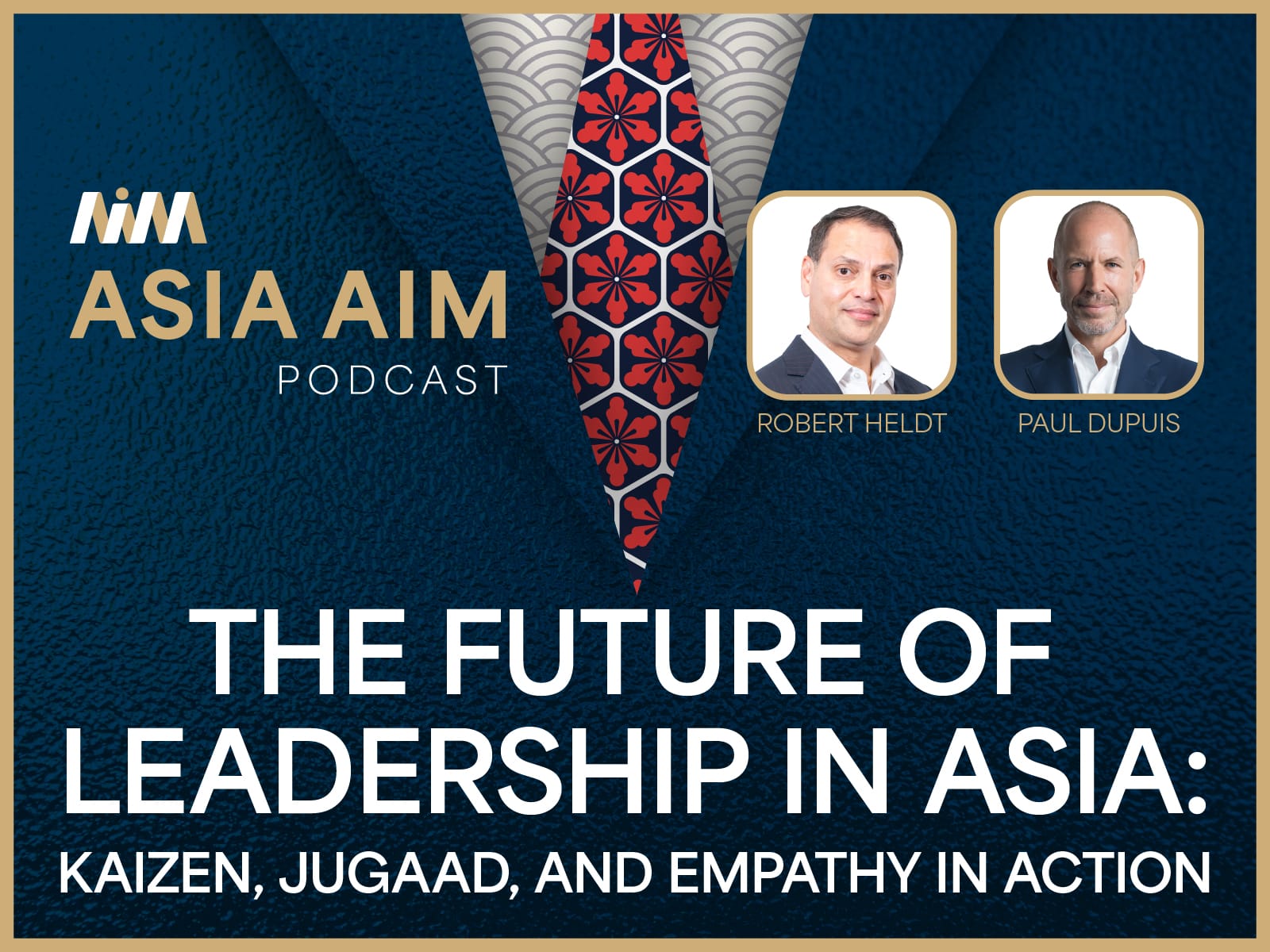
Four ways to give your video impact through music
People judge a video in an instant, largely based on subconscious feelings. Music is one of the biggest, if not the biggest, player in this decision. It is the art form that speaks to our senses in the most direct way, often inducing all sorts of feelings—both with and without the listener’s awareness. Understanding of music transcends background, language, age, and status.
By Emma Lindahl
Video Producer, Custom Media
People judge a video in an instant, largely based on subconscious feelings. Music is one of the biggest, if not the biggest, player in this decision. It is the art form that speaks to our senses in the most direct way, often inducing all sorts of feelings—both with and without the listener’s awareness. Understanding of music transcends background, language, age, and status.
In corporate videos, music should be used carefully to enhance the intended message and not steal away the spotlight from what is to be conveyed. An obvious consideration is the target audience’s preferences, but it is easier than we think to get this aspect wrong. In practical terms, we can make smart choices with music in corporate videos.
Tone
What emotion would you like to induce in your viewer? Whatever emotion is required to convey the key message is not adequate; we have to be specific. We want to tell the story effectively: normally how a product or service will provide the solution to the target audience’s problem. It is not only the story that will take the viewer on this journey, but also the music. We can select music with an appropriate tone for each part of the journey.
Although upbeat, uplifting music usually is the first choice for clients wishing to convey a positive message about their product or service, the journey of the video is important, and lively music alone may be insufficient. The music may need to reflect a change, such as sadness to joy, or danger to peace, or other storytelling techniques that let the viewer delve into the story.
Pace
Operating hand in hand with tone, the pace of the music has to correspond with the emotion you are trying to convey, and with the story itself. How do you want the viewer to feel after they watch the video?
How does this video make you feel? To what extent is this a result of the music?
Quality
There are three main types of music available: free, royalty-free and copyright—and you get what you pay for.
Free music is usually poor in both sound quality and composition. Royalty-free music is of better quality, and there is a wide range of options available. Most music, however, is copyrighted. It can therefore only be used if you pay royalties each time it is used or played.
If your project has a medium to low budget, make sure you look for royalty-free music; it will save you some tears. When you purchase this type of music, you can use it as many times as you want.
Objectivity
Don’t make decisions based on your personal preference. Choosing music based on what you like is the most common mistake in video production. Keep in mind how the music will affect the target audience, not yourself. It might be pain-inducing to have to listen over and over to a rock ballad you hate, but if it is what the target audience is craving, then so be it.



